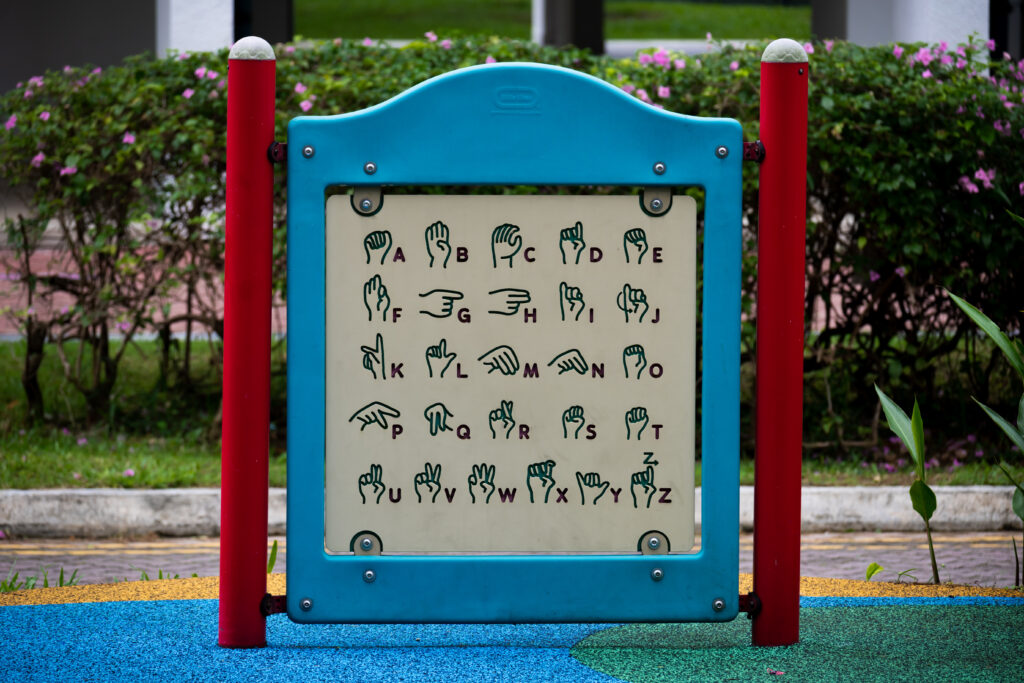American Sign Language (ASL) is crucial for the deaf and hard of hearing community, offering language, communication, and culture. ASL is distinct from English, with its own grammar and syntax. Early exposure to ASL is vital for language development, and it’s not a given that hearing families will learn it. Schools like the American School for the Deaf bridge the gap between the hearing and deaf worlds, teaching ASL and fostering understanding. Learning ASL can bring families closer and promote inclusivity, making a difference in communication and opportunities for all.
The following has been derived from the short documentary posted above.
The Significance of ASL
ASL serves as the lifeblood of communication for many individuals in the Deaf community. It is not merely a collection of gestures; rather, it is a complete and intricate language with its own rules of syntax, grammar, and structure. Some key points about ASL include:
- Distinct Language: ASL is an independent language with its own linguistic features, distinct from English or any other spoken language.
- Expressive: ASL relies on facial expressions and body movements, allowing for nuanced and emotional communication.
- Ever-Evolving: Similar to spoken languages, ASL continually evolves, adapting to new words and expressions over time.
- Regional Variations: ASL can have regional variations, just like spoken languages have accents. Signs may differ from one region to another.
Early Language Acquisition
The critical period for language acquisition is from birth to around eight years old. Missing this window can have profound consequences for a child’s linguistic development. Fortunately, some Deaf individuals are fortunate to have parents who are willing to learn ASL, enabling them to access education and express themselves effectively from an early age.
Deaf Culture and Community
Deaf culture is a rich tapestry of shared experiences, norms, and practices. It encompasses a unique history, Deaf jokes, stories, and a sense of identity that bonds the community together. Some aspects of Deaf culture include:
- Cultural Norms: Deaf culture has its own set of norms and behaviors.
- Shared Experiences: Deaf individuals share common experiences, such as the challenges they face in a predominantly hearing world.
- Deaf History: The Deaf community has a rich history with stories of resilience and achievement.
- Community: Deaf individuals find a sense of belonging and support within their community.
Misconceptions About Deafness
Despite the vibrant culture and language that Deaf individuals possess, there are still misconceptions about deafness. Some common misconceptions include:
- Assumptions About Sign Language: Not all Deaf individuals have families who learn sign language, and not all Deaf people use sign language exclusively.
- Identity: Deafness is not a defect that needs fixing; it’s a part of a person’s identity.
- Capabilities: Deaf individuals are fully capable of achieving their goals; their only difference is in hearing ability.
The Role of ASL in Education
Schools like the American School for the Deaf play a pivotal role in bridging the gap between the Deaf and hearing worlds. They provide an environment where both Deaf and hearing students can learn and communicate effectively. ASL classes for staff and students promote better understanding and empathy, breaking down barriers between the hearing and Deaf communities.
A Shared Journey
Learning ASL is not just about communication; it’s a bridge that connects individuals and fosters understanding between diverse communities. Whether it’s a sibling’s smile or the pursuit of becoming an ASL interpreter, ASL has the power to bring people closer together and create a world where everyone has equal access to communication.
Conclusion
American Sign Language is not just a means of communication; it’s a cornerstone of Deaf culture. It empowers individuals, fosters a sense of belonging, and bridges the gap between the Deaf and hearing worlds. By understanding and embracing ASL, we can build a more inclusive and empathetic society where everyone’s voice can be heard.

